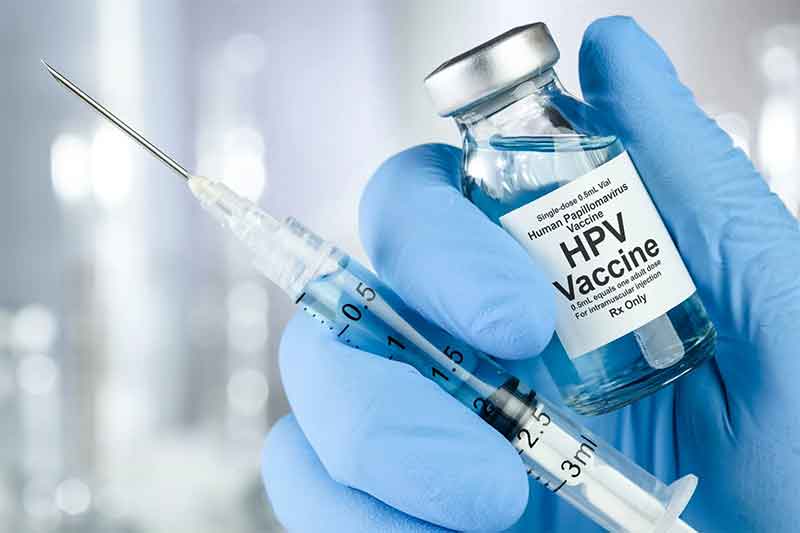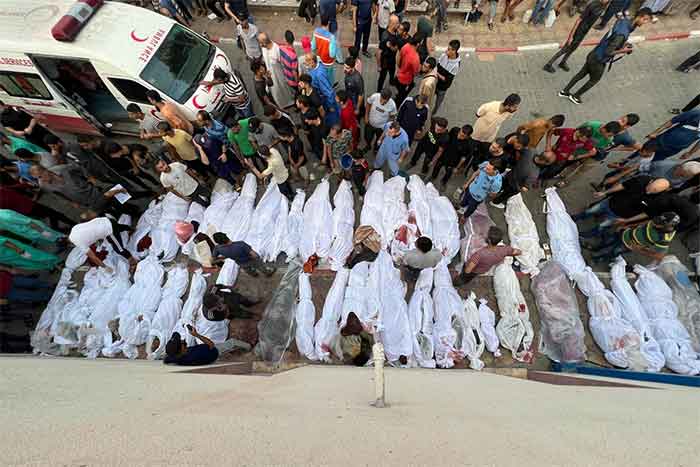
A United Nations report has informed that India does not fare well even among countries that have been found to have a very negative position in terms of maternal and child mortality and subsequent maternal and child mortality. India has the highest female mortality rate during childbirth, and neonatal mortality. In the year 2020-2021, 23 lakh newborns died in different countries of the world, of which 780,000 children died in India. This is a worrisome situation and is a slap in the face for those who call Vishwaguru, and shame is a bitter truth and it is necessary to overcome this shame. What is our priority regarding basic needs like education and health in the framework of development?
The question is also why in a time when the government is claiming to be very sensitive to health and making it a top priority, why are women and newborns still dying during childbirth? This tragic picture of maternal and child mortality is not new.The state of malnutrition in India is not hidden from anyone. Many here do not even get enough food, and those who do, have a severe lack of nutrition in their diets. Children have to bear the brunt of this.
A new report released by the United Nations has revealed shocking statistics about the state of nutrition in India. According to these statistics, 31.7 percent of children undA shocking picture of health apathy…..
A United Nations report has informed that India does not fare well even among countries that have been found to have a very negative position in terms of maternal and child mortality and subsequent maternal and child mortality. India has the highest female mortality rate during childbirth, and neonatal mortality. In the year 2020-2021, 23 lakh newborns died in different countries of the world, of which 780,000 children died in India. This is a worrisome situation and is a slap in the face for those who call Vishwa Shakti, Vishwaguru, and shame is a bitter truth and it is necessary to overcome this shame. What is our priority regarding basic needs like education and health in the framework of development?
The question is also why in a time when the government is claiming to be very sensitive to health and making it a top priority, why are women and newborns still dying during childbirth? This tragic picture of maternal and child mortality is not new.
The state of malnutrition in India is not hidden from anyone. Many here do not even get enough food, and those who do, have a severe lack of nutrition in their diets. Children have to bear the brunt of this.
A new report released by the United Nations has revealed shocking statistics about the state of nutrition in India. According to these statistics, 31.7 percent of children under five years of age in the country suffer from height-for-age ratio. This means that these children are stunted with low height according to their age. The United Nations Children’s Fund, the World Health Organization and the World Bank jointly released the report “Child Malnutrition Levels 2023”.
India has the worst rate of stunting among children under the age of five. According to statistics, every fourth stunted child in the world is in India. That means 24.6 percent stunted children in the world under the age of five are in India.
Now a question arises whether we can achieve the Sustainable Development Goals by 2030. India is among the 28 countries in the world where stunting among children is the worst. According to a research, there is a deep connection between height and malnutrition. On the other hand, when it comes to children, it needs special attention. Interestingly, children with stunting have lower height than children of their age.
One such study on the height of children in India has shown that the height of teenagers in the country is much shorter than that of other children in many countries. According to this research conducted by Imperial College London, Indian teenagers are 15.2 cm shorter than children of the same age in the Netherlands.
Similarly, when looking at weight for height, 18.7 percent of the nation’s five-year-old or younger children are underweight for their height.
It is a cruel irony that we have been seeing this sad picture for a long time, a kind of constant death of women or newborns during childbirth. The current coverage of medical facilities is such that many needy families do not have access to them and basic facilities are lacking. Inspite of government plans and proper budget provision, there is a lot of corruption. Flaws somewhere in our development model We seem to have succeeded in making the attractive nature of development an issue of mainstream politics and winning votes in elections, but the necessary steps have not been taken and implemented to center its fundamental aspects. Neighboring countries like Nepal, Pakistan and Bangladesh have also fared better than us in this regard, which often depend on India or other countries for many of their basic needs. Clearly, our progress picture is highly inconsistent and this report is not the only evidence of the plight of India’s large population. From surveys conducted by the government and other organizations in the country and from many other studies, the alarming statistics of poverty, hunger and malnutrition paint an embarrassing picture of development over time.
A large section of women are deprived of essential nutrients after pregnancy due to various reasons. This directly affects their health, physical capacity and delivery, with many times the woman dies during childbirth or the child is born so weak that it cannot be saved. This is the situation when various schemes and programs are being implemented by the government regarding women’s health and reproductive health. It should be noted that hospitals provide facilities and cash assistance to pregnant women for safe delivery. The Janani Suraksha Yojana, implemented since 2005, was launched with the aim of improving the health of pregnant mothers and newborns. Under this, Rs 6,000 is paid into the account of pregnant women in many states, so that the mother and the baby can get the necessary nutrition. On one hand, India is self-sufficient in food grains and also exports grains, but on the other hand, India has the second largest undernourished population in the world. More than fifty percent of women in India suffer from anemia. That is why children born under such conditions are underweight.
The Janani Shishu Suraksha Program was launched by the Union Ministry of Health and Family Welfare and two years later, its scope expanded to include postnatal nutrition and treatment. But after several schemes and initiative programmers, the situation in terms of maternal and child mortality should have improved. But why does the process of death of women and newborns during childbirth continue even today despite all efforts? At a time of drumbeating claims to prioritize health across the country, this picture somehow mirrors what the reality is at the ground level and how much remains to be done. This report shows how far we have come in fighting such serious problems. This also raises a big question that the goals India is striving for, the success is meager and disappointing.
Vikas Parashram Meshram is a journalist
















































